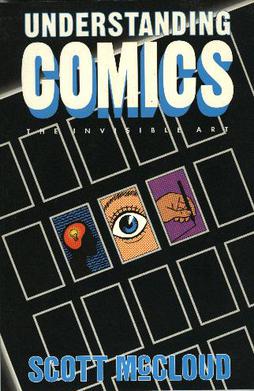Infra-Red Projector
What it shows: Like visible light, invisible infra-red radiation can be refracted by lenses to produce an image on a screen. Indeed, a slide projector designed for visible light is used as the imaging device; a heat- sensitive screen makes the invisible IR image visible.
How it works: Our IR source is a 1000 watt "lantern slide" projector 1 from which we have removed the special heat-absorbing glass in the condenser assembly. The slide to be imaged is some kind of lettering, like the name of the course (Science A-29, for example). 2 An opaque (to visible light) black glass IR filter 3 is positioned in front of the projection lens so that no visible light falls on the screen. The screen is a black liquid crystal sheet 4 which turns green to blue, depending on the amount it is heated. A small 15W fluorescent light illuminates the screen so that the audience can see the color changes - within a few seconds, the name of the course appears in blue on the screen.
Setting it up: The entire setup fits on one of the large (4.5' or 5' long) lecture carts. The projector-screen distance (about 70 cm) is a compromise to have enough heat to produce colors on the liquid crystal screen and yet have the image large enough for the entire audience to see. Depending on the ambient room temperature, we use either the 20-25°C or the 25- 30°C sheet. If it's exceptionally warm in the lecture hall, the lower-range sheet will already be green at room temperature and, although not much additional heat is required to turn it blue, the image contrast will not be as great.




















